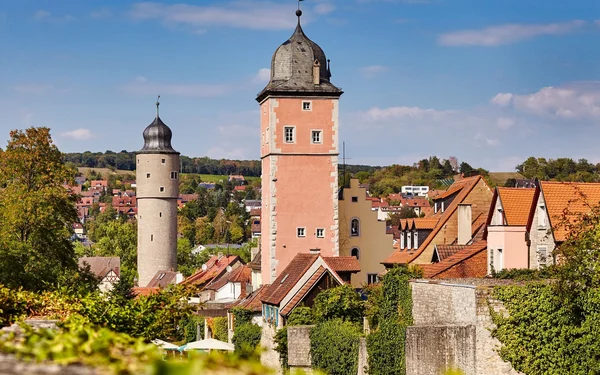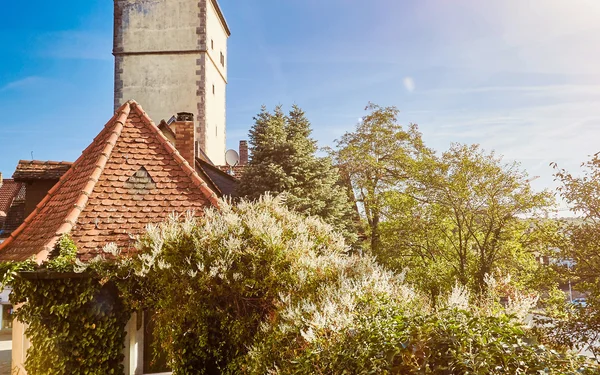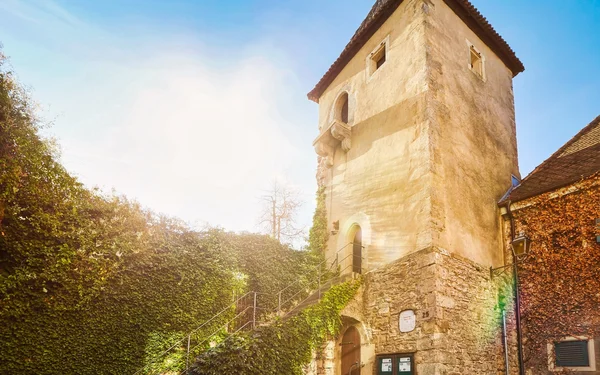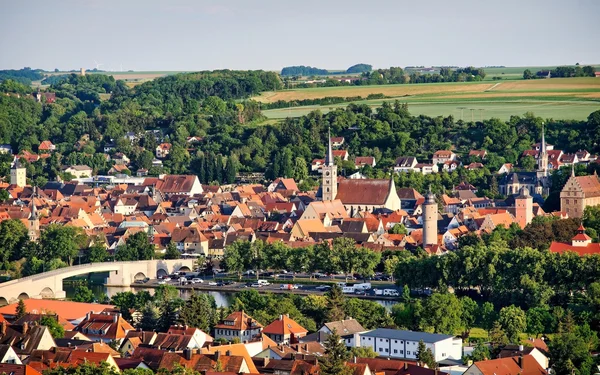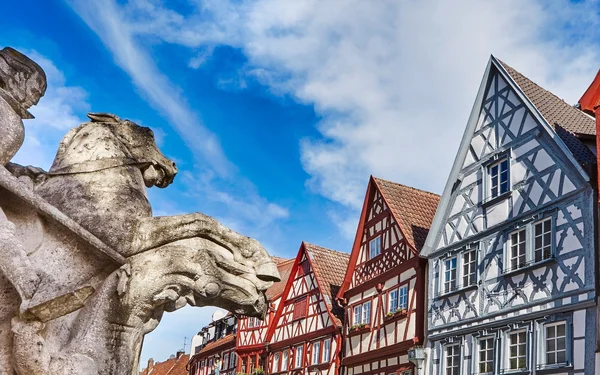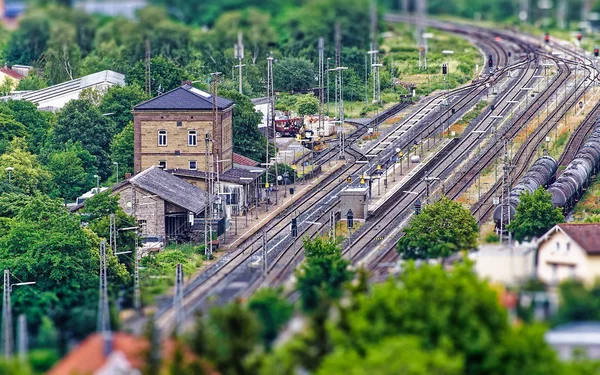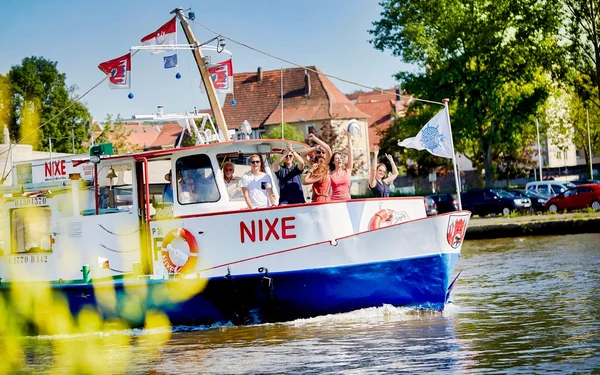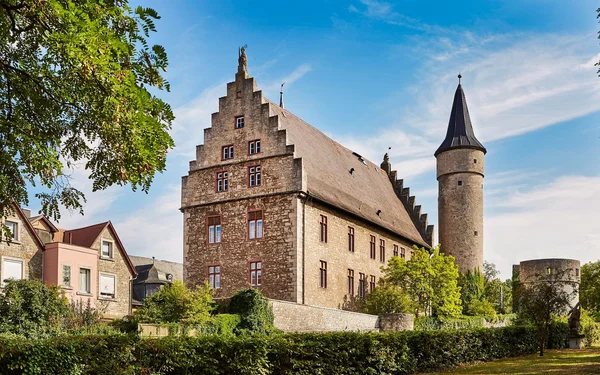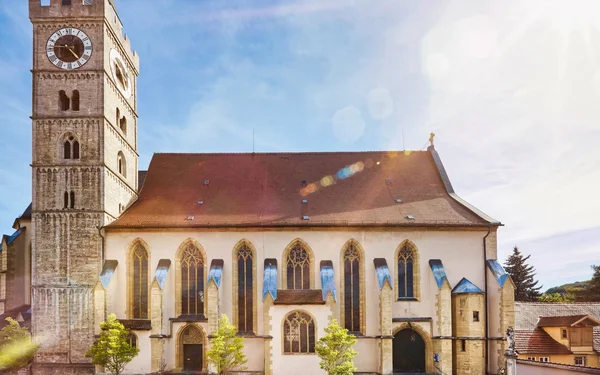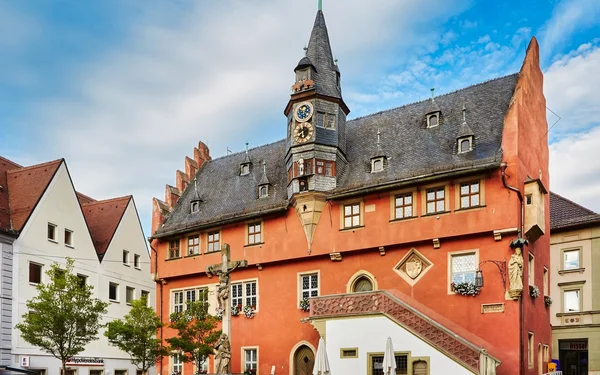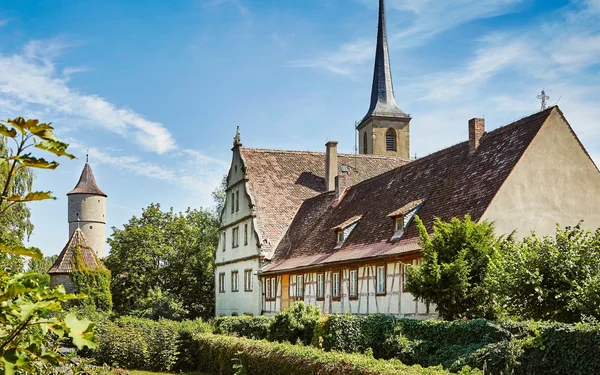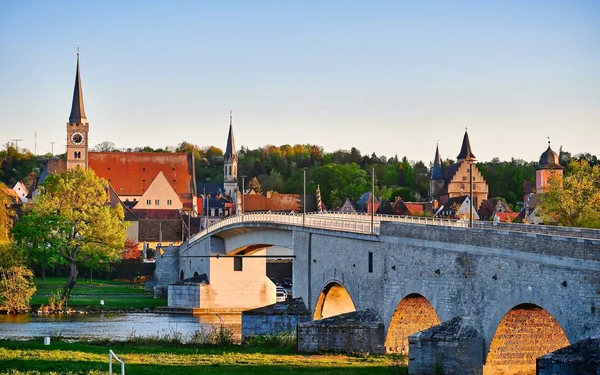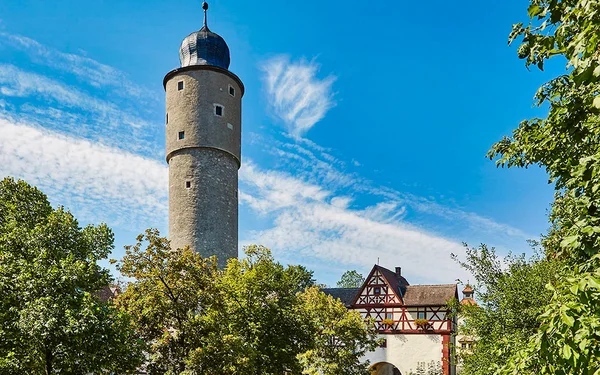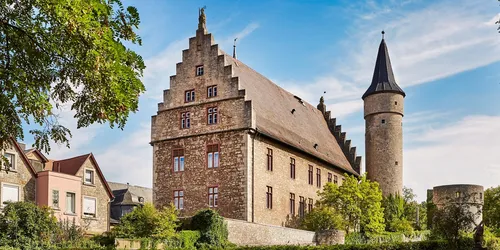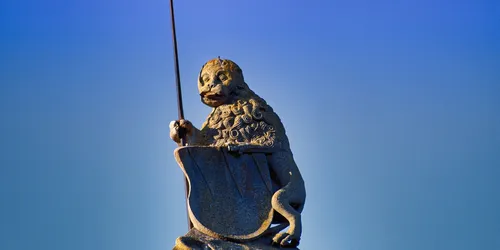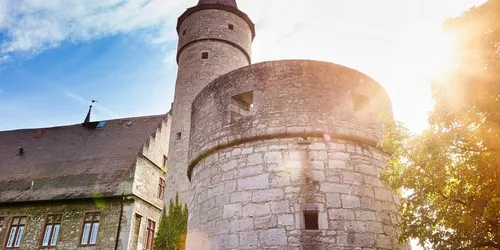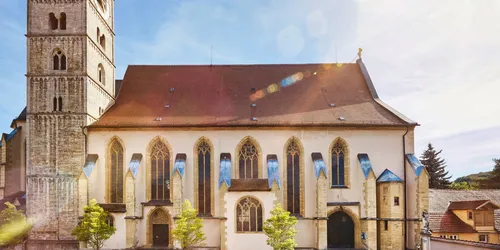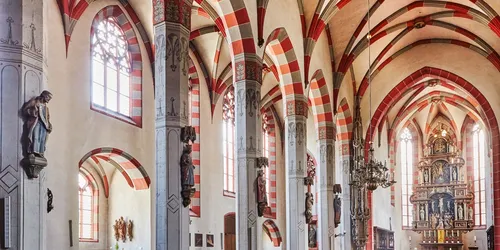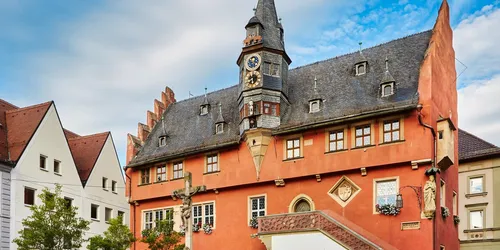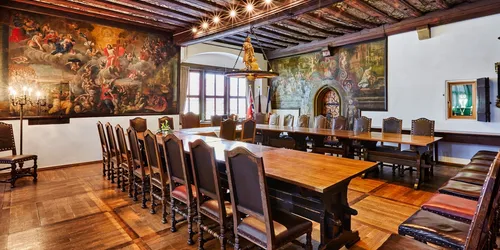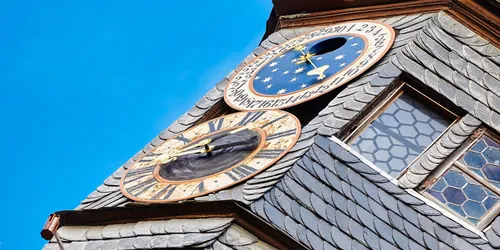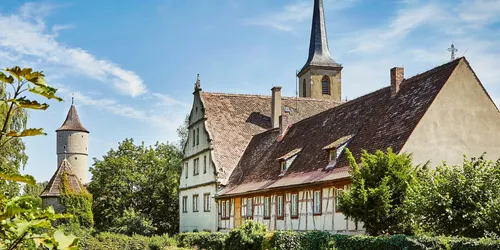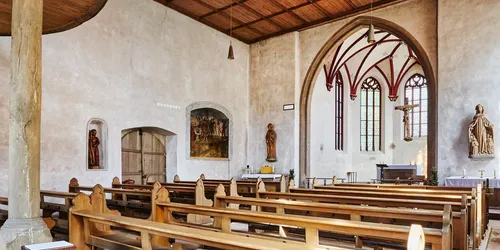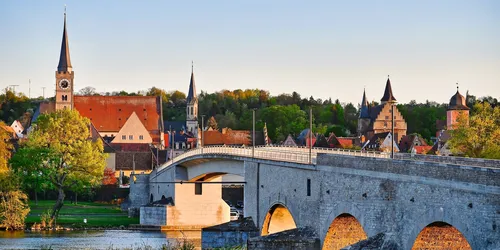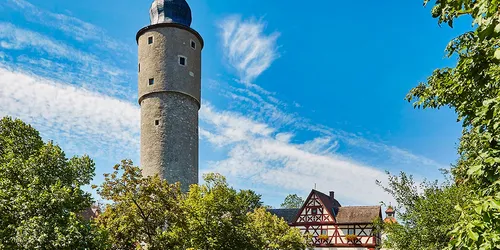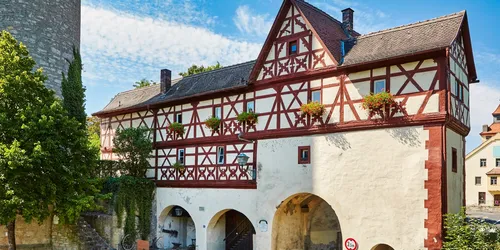Enchantingly historic Ochsenfurt
If you like romance, this is the place for you. On this walk in the town of towers, you can expect a unique figurine clock, ancient fortifications and rustic gastronomy. Let's go to Ochsenfurt!
Ochsenfurt
4 h
3 km
Don't stick to the tour one hundred per cent! Make sure you take detours! Follow your curiosity! Ochsenfurt, the town in the south of the Maindreieck, offers much more than we can offer you in a single tour. There are so many romantic corners here... - Oh no, Ochsenfurt is pure romance!
The town has 1270 years under its cobblestones. The town was first mentioned in 725. The fully preserved town fortifications were built between 1313 and 1390. On your way, you walk through atmospheric half-timbered architecture and can look into beautifully designed courtyards, some of which are several hundred years old. The town has two town halls, both dating from the 15th century, a figurine clock that is unique in Europe, ancient fortifications, towers, traditional restaurants, the Old Main Bridge, one of the longest surviving medieval stone bridges, art treasures and gems in museums. Plus the beautiful location on the banks of the Main. A "mermaid" that invites you to take a stroll. In short: let yourself be enchanted!
A city tour for families, culture lovers and explorers
Start and end station
Start station
Bahnhof Ochsenfurt
6 tour steps
3 km / 4 Stunden
End station
Bahnhof Ochsenfurt
Our tip: Please make sure to check your train connection and the expected capacity before you start your journey.
Schedule
Tour starts on Bahnhof Ochsenfurt
Direction
Keep left from the railway station and you will come directly to the Upper Gate. It was once the eastern entrance to the town. The rectangular tower with the round-arched passageway dates back to the 14th century and was extended in the 16th century. On the left, through Roßmühlweg, you reach the green areas along the old city wall, the Zwinger. This open area was once used for the defence of the city, today it offers recreation for walkers.
You will now come straight to the Nikolaus Tower and the Palatium.
Kellereistraße
97199
Ochsenfurt
Direction
Kirchplatz
97199
Ochsenfurt
Direction
Hauptstraße 42
97199
Ochsenfurt
Direction
Spitalgasse
97199
Ochsenfurt
Direction
Brückenstraße
97199
Ochsenfurt
Direction
Vorhof
97199
Ochsenfurt
